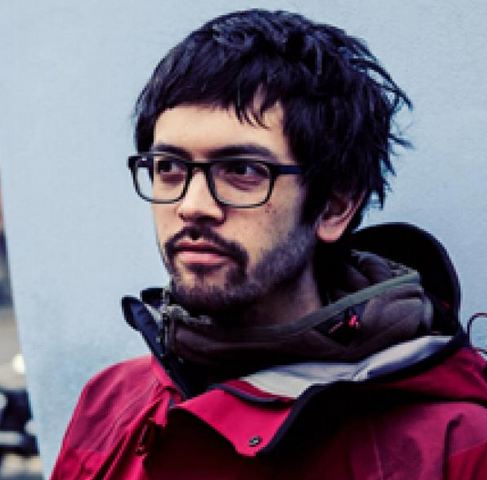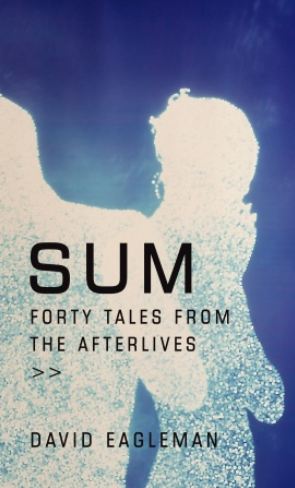.
In these last days of the year, as we near the longest night, Temujin Doran’s short film “Sum” comes to help us take stock of our time, our brief time here.
“Sum” asks what would happen if the afterlife is a place where “you relive all your experiences, but this time with the events reshuffled into a new order: all the moments that share a quality are grouped together.” On the most surface level, this organizes a life into a spreadsheet of time and emphasis: five months of reading magazines on a toilet, twenty seven hours of pain, thirty years of sleeping. It invites first a reflection on whether the narrative’s list matches one’s own life and, in the grand math of it, how much more time is spent cutting one’s finger nails (six days) than experiencing pure joy (fourteen minutes).
An adaptation of a very short story by neuroscientist David Eagleman, the film features all the text of the short story while it visually presents the experiences Eagleman’s story lists and, for the more abstract experiences on the list, interprets them. Boredom, longing, heartbreak, more abstract states of experience could have been expressed via direct facial expressions perhaps, but here Doran nicely finds more tenuous, less literal visuals.
Here, too, Doran draws in recurring images of statues, the human form but preserved, evoking time and the desire to endure, find what is not just fleeting in our experiences, these statues raising the more quiet question of what will an ephemeral life made up of these fleeting experiences add up to.
We are prepared to interpret, to flirt with signification in our viewing, via how the film opens (and later closes): a mural of ocean waves filling the frame, an impressionistic, slow seething canvas that prepares us to watch the montages that follow associatively, engage more emotionally, seeking the connections between the images.
The story is the title story in Eagleman’s collection of “forty tales from the afterlife,” a collection that Metro UK argued “is as much an object of desire as an actual book.” Though I would add that it is, too, a desiring subject, reading each of us back as objects of desire. Both story and film provoke us to wonder about our time, how it might be organized thematically, how much time would be spent doing each thing.
This emotional engagement and the film’s montage visual structure reminds me of Godfrey Reggio’s essay films (The Qatsi Trilogy) and his desire to engage the viewer in something more than spectacle. As he puts it, “There is the possibility if you do come to this film [Koyaanisqatsi] you’ll have an experience, rather than telling you a story . . . I think Einstein said that ‘fish will be the last to know water.’ My film is premised on the idea, the tragic feeling, that humans will be the last to know Technology.”
For Doran’s film and Eagleman’s story, this peculiar sum of things is a chance for we fishes to know the time we drink, and if we let it this is an aching reflection, one that offers us the chance to appreciate that we get these brief moments one by one free of the excel sheet.
— R. W. Gray
.
.





